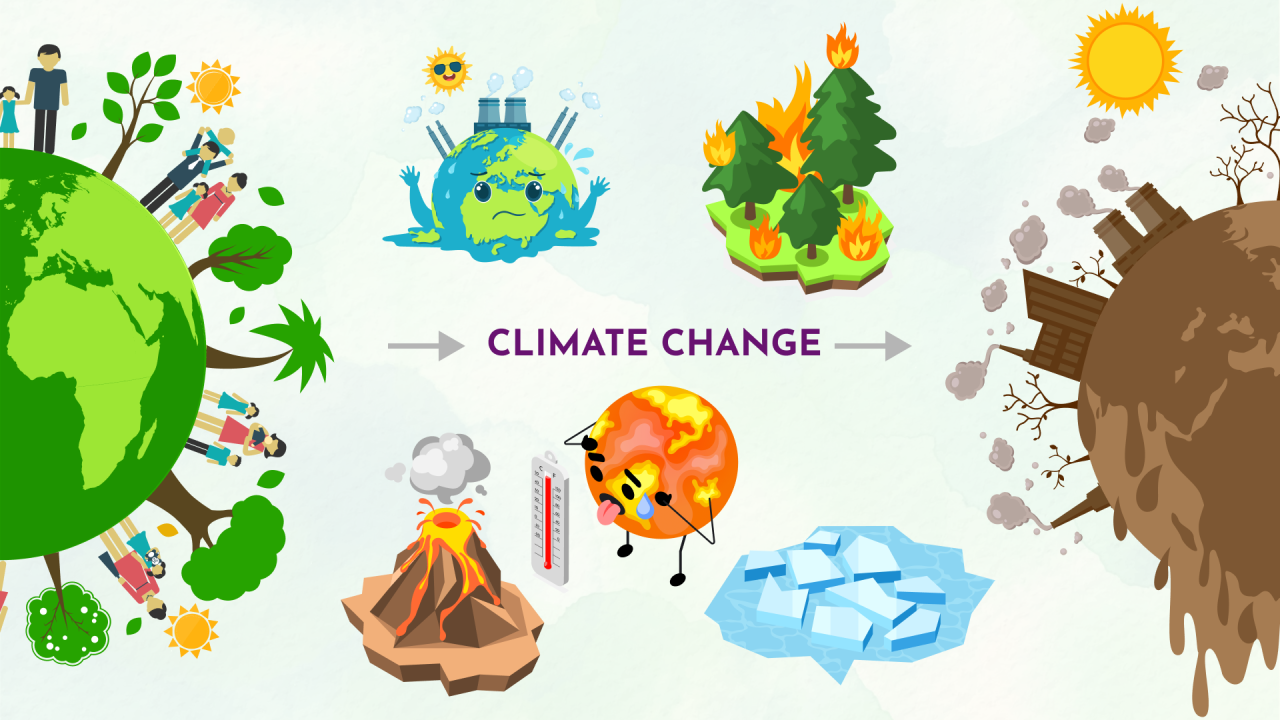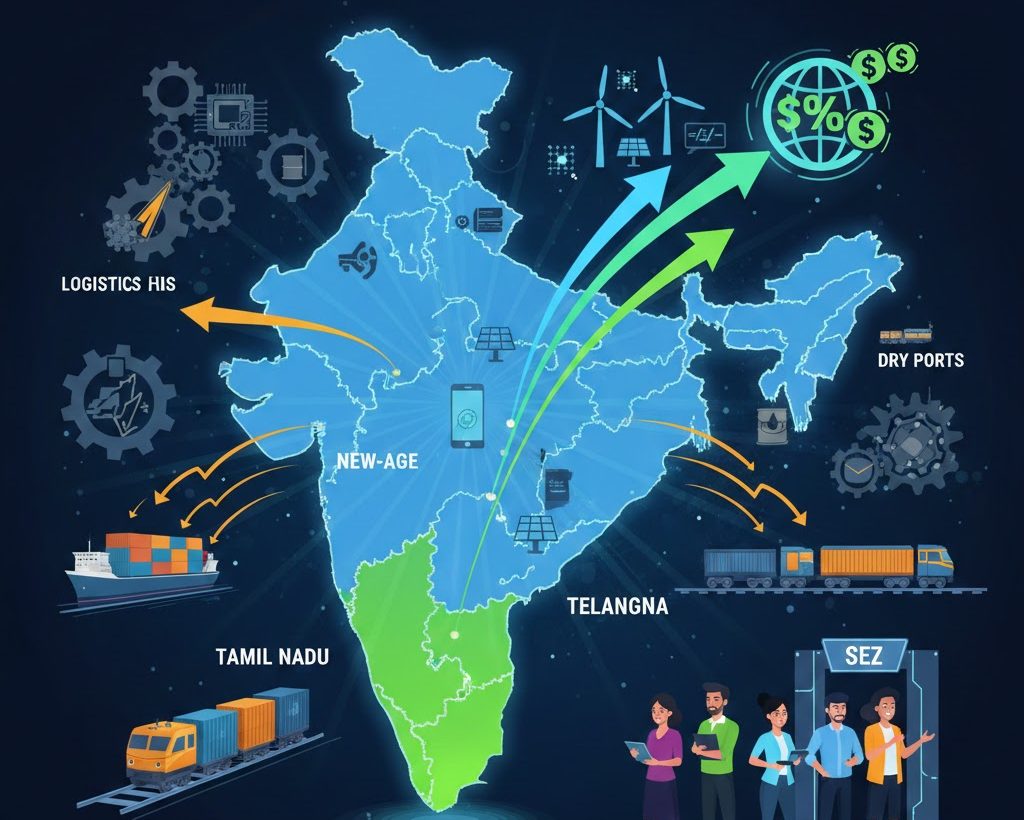Font size:
Print
Elections and Climate Change
Context:
- Climate activists have praised Kamala Harris’s decision to select Tim Walz as her running mate because of his strong record on climate action.
- However, even with a Harris-Walz victory, it’s unlikely that U.S. climate policy will undergo significant changes.

More on News:
- The recent IPCC assessments show that the world as a whole needs to cut at least 43% of global emissions by 2030 if hopes of meeting the 1.5 degree Celsius target are to be kept alive.
- The Inflation Reduction Act (IRA) is considered a breakthrough, but it still commits the US to only a 50-52% reduction in emissions by 2030 on the 2005 baseline.
Impacts of elections on climate
- Waste Generation: Election campaigns often produce substantial amounts of waste, particularly from campaign materials.
- For instance, in Malaysia’s 2018 general elections, an additional 18,776 tonnes of waste were generated within a month post-election due to discarded promotional materials like banners and flyers.
- Transportation Emissions: Transportation related to election activities contributes significantly to carbon emissions.
- In India, for example, if each Lok Sabha constituency utilises around 1,000 vehicles for campaign work, fuel consumption could lead to emissions equivalent to 660 million kilograms of CO2 over a month.
- Non-Biodegradable Materials: The traditional practices of using non-biodegradable materials remain prevalent, leading to significant environmental degradation.

Best Practices
India:
- The Election Commission of India (ECI) has implemented various green initiatives over the years.
- Starting in 1999, the ECI urged political parties and candidates to avoid using plastic or polythene for posters and banners.
- Ahead of the 2019 general elections, the ECI took a step further by directing all political parties to stop using single-use plastics for campaign materials such as posters and banners.
- For the 2024 national elections, biodegradable and locally produced polling booths have been set up in different states nationwide, with some providing shade to voters during heatwaves.
- The introduction of electronic voting machines (EVMs) across India in 2004, originally intended to ease vote counting and prevent ballot stuffing, is now recognised as an eco-friendly option that has saved millions of tonnes of paper.
Sri Lanka:
- In 2019, the Sri Lanka Podujana Peramuna (SLPP) political party became the first to conduct a carbon-sensitive, environmentally friendly campaign.
- In the same year, the Executive Director of the Center for Environmental Justice (CEJ) urged the Election Commission to prevent pollution during campaigns and elections.
- Former Electoral Commission chairperson Mahinda Deshapriya encouraged political parties to “lead by example” by ensuring their campaigns were environmentally friendly.
- The Participatory Strategic Plan for 2022-2025 acknowledges the environmental impact of elections, particularly the use of environmentally harmful polythene in political signs. However, the plan’s “Green City” initiative lacks specific measures for addressing this issue.
The Philippines:
- The COVID-19 outbreaks led to a push towards online campaigning.
- The Department of Environment and Natural Resources (DENR) called on candidates to dispose of their campaign materials following the Republic Act (RA) and the Ecological Solid Waste Management Act of 2000.
- The DENR urged parties to clean up voluntarily, showing their sincerity in serving the country.
- The DENR also removed over 114,000 campaign materials nationwide that were illegally affixed to trees, in violation of RA, which protects public trees and plants.
- The EcoWaste Coalition asked winning candidates to take responsibility for cleaning up campaign materials and called for stricter regulations on the use of cadmium, a carcinogenic colour stabiliser found in some campaign posters.
Australia:
- In 2020, the Australian Election Commission (AEC) switched from using branded ‘wrapped’ cardboard to plain ‘raw’ brown cardboard for queuing equipment, ballot paper issuing tables, voting screens, ballot boxes, and recycling bins.
- This generic branding makes the products easier to share with state and territory election management bodies and more straightforward to recycle.
- Some supporters of political parties in Australia have also taken steps to reduce their carbon footprint while raising funds, demonstrating their commitment to environmental preservation.
Germany:
- Germany’s recent election manifestos highlight a strong focus on climate change, driven by growing public concern.
- The Green Party aims for a 70% reduction in greenhouse gas emissions by 2030 and a transition to renewable energy by 2035, with a quicker coal exit.
- The Social Democrats (SPD) seek climate neutrality by 2045, supporting economic restructuring and job preservation.
Backstage Climate: The Science and Politics Behind Climate Change by Rajan Mehta is a timely and accessible exploration of the multifaceted climate crisis. The book aims to demystify climate change by providing readers with a clear understanding of its scientific, political, and economic dimensions, along with potential solutions.


